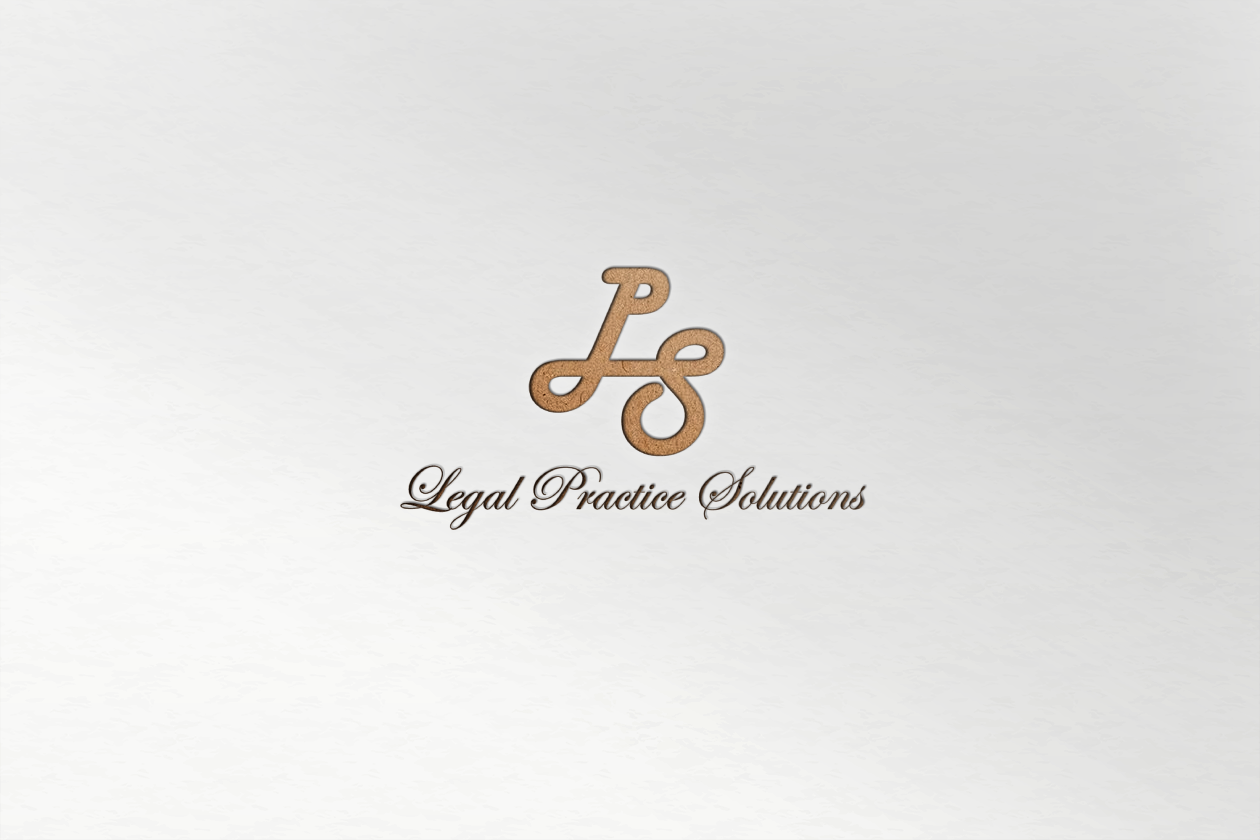Handling client money is a very serious affair in a small law firm practice. Non-compliance with the set requirements may lead to serious outcomes that range from loss of licensure and reputation to financial implications. This article will explain what client fund reconciliation is, its major strategies, and the best practices that will enable a small law firm to keep itself from falling into compliance pitfalls.
Understanding Client Fund Reconciliation
It involves the tracking, management, and accounting for client money deposited in interest-bearing bank trust accounts on their behalf. Rules exist for such accounts regarding theft of that money by attorneys. A prudent reconciliation sees that every penny gained through deposit, withdrawal, or in-trust matches that record at the firm with accuracy.
Why Compliance Matters
For law firms, there is no way to get around compliance with trust account requirements. This is because the rules for the protection of clients’ money are applied quite stringently by bar associations and other regulatory agencies. Some common violations of compliance include:
- Commingling Funds: Mixing a client’s money with that used for firm operations.
- Overdrawing Trust Accounts: Allowing withdrawals in excess of the balance in a trust account.
- Delayed Reconciliation: Failure to carry out account reconciliation in a timely manner and with accurate results.
Non-compliance may mean audits, legal sanctions, and loss of trust from clients, which is the backbone of any successful law firm.
Steps to Effective Client Fund Reconciliation
Maintain Separate Trust Accounts
First in compliance is the separation of client’s money. Clients’ money should be deposited into a trust account created for that very purpose, to avoid commingling. Ensure the account meets state bar association requirements and clearly identify these accounts by:
Instituting Proper Bookkeeping
Good record keeping is the backbone of any reconciliation. Some of the best practices of record keeping include:
- Ledger for Each Client: A ledger for each client should be prepared where deposits, disbursement and earned interest will be recorded.
- Supporting Documentation: Receipts, invoices, and bank statements that support such transactions shall be kept.
- Legal Accounting Software: The law firm shall use accounting software that is specifically designed for the accounting needs of a law firm. Firm suggestions include Clio or QuickBooks.
Account Reconciliation on Regular Basis
Regular reconciliation allows any discrepancy noted to be found more easily and its resolution determined. The following can be used in:
- Month-end Reconciliation: The trust account records must be reconciled with bank statements at least at the end of each month.
- Three-way Reconciliation: It will ensure the client ledger and trust account ledger agree with the bank statement so that all three figures are the same.
- Spot Audits: Internal audits shall be done from time to time to spot-check for accuracy and compliance.
Internal Controls
Internal controls can save a firm from errors and fraudulent activities. Some of the measures include:
- Segregation of Duties: Deposits, disbursements, and reconciliations should be made by different staff to minimize the risk.
- Authorization Procedures: Managerial level approval is considered necessary for transactions of a higher amount.
- Audit Trails: The accounting system should have the ability to track changes to financial data.
Keep Up with the Rules
Compliance rules change and vary by state. Learn about:
- Attending CLE courses regarding trust accounting.
- Subscribing to your state bar association’s newsletter.
- Consulting with attorneys and accountants when necessary.
Common Issues in Client Fund Reconciliation
There are specific issues that can arise in the reconciliation of customer funds within the small law firm:
Lack of Resources
The small firm may be short of personnel and software resources to do the reconciliation properly. To overcome this problem, utilize technology to the fullest and outsource accounting work whenever possible.
Human Error
Manual processes invite errors. Automate as much data entry, generating reports, and other repetitive tasks to minimize errors and maximize efficiency.
Unfamiliarity with Accounting Principles
Not all lawyers are trained accountants. The gap in knowledge can either be sought or experts hired who have specialized in legal accounting.
The Role of Technology
Modern technology has enormous potential to improve efficiency and accuracy in the reconciliation of client funds. Main tools include:
- Legal Accounting Software: Trust accounting is native on both LEAP and Zola Suite, making it easy to be compliant.
- Bank Integrations: Import the bank transactions into your accounting system automatically, instead of having to manually enter the transactions.
- Reporting Dashboards: View real-time account balances and discrepancies on one screen.
How to Avoid Falling into Compliance Traps
- Prioritize Transparency: Maintain clear communication with clients regarding the management of their funds.
- Prepare for Audits: Keep records well-organized and audit-ready at all times.
- Seek Expert Engagement: Financial consultants or accountants who have expertise in the field of trust accounting.
- Periodic Review of Policies: Your firm will from time to time need to update its trust accounting policies as the regulations change.
Wrap Upz
Reconciliation of a client’s money is one of the major activities that a small law firm should have in mind if it wants to maintain compliance, secure trust from clients, and uphold professionalism. A combination of the best practices with technology and regulatory knowledge will help the small law firms not fall into any compliance trap and fully render the services a client actually needs in an area of the law. Give priority to reconciliations now to shield your firm from a bad name and build long-standing relationships with customers.






